A) ![]()
B) ![]()
C) ![]()
D) ![]()
Correct Answer

verified
Correct Answer
verified
Multiple Choice
Solve the inequality. Graph the solution set and write the solution set in interval notation.
-

A) ![]()
B) ![]()
C) ![]()
D) ![]()
Correct Answer

verified
Correct Answer
verified
Multiple Choice
Use the square root property to solve the equation. -
A) 56
B) 14
C)
D)
Correct Answer

verified
Correct Answer
verified
Multiple Choice
Solve the equation. -
A)
B)
C)
D)
Correct Answer

verified
A
Correct Answer
verified
Multiple Choice
Use the square root property to solve the equation. -
A)
B)
C)
D)
Correct Answer

verified
Correct Answer
verified
Multiple Choice
Solve.
-Given the diagram shown, approximate to the nearest meter, how many meters of walking distance a person saves by cutting across the lawn instead of walking on the sidewalk.

A)
B)
C)
D)
Correct Answer

verified
Correct Answer
verified
Multiple Choice
Match the function with its graph. -
A) ![]()
B) ![]()
C) ![]()
D) ![]()
Correct Answer

verified
D
Correct Answer
verified
Multiple Choice
Graph the function. Find the vertex.
-
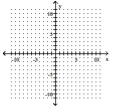
A) vertex: ![]()
B) vertex: ![]()
C) vertex: ![]()
D) vertex: ![]()
Correct Answer

verified
Correct Answer
verified
Multiple Choice
Given the accompanying graph of y = f(x) , sketch the graph of the following.
-
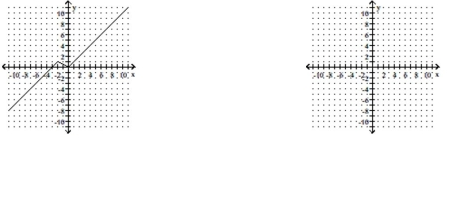
A) ![]()
B) ![]()
C) ![]()
D) ![]()
Correct Answer

verified
Correct Answer
verified
Multiple Choice
Solve. -Find two numbers whose sum is 56 and whose product is as large as possible. [Hint: Let and be the two numbers. Their product can be described by the function .]
A) 28 and 84
B) and
C) 28 and 28
D) 27 and 29
Correct Answer

verified
Correct Answer
verified
Multiple Choice
Match the function with its graph. -
A) ![]()
B) ![]()
C) ![]()
D) ![]()
Correct Answer

verified
Correct Answer
verified
Multiple Choice
Graph the function. Find the vertex, y-intercept, and x-intercepts (if any) .
-
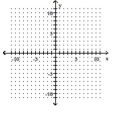
A) vertex:
x-intercept: -intercept: ![]()
B) vertex:
-intercept: none, -intercept: ![]()
C) vertex:
-intercept: none, -intercept: ![]()
D) vertex:
-intercept: -intercept: none![]()
Correct Answer

verified
Correct Answer
verified
Multiple Choice
Solve. -
A)
B) 1,3
C)
D)
Correct Answer

verified
Correct Answer
verified
Multiple Choice
Sketch the graph of the quadratic function by finding the vertex, intercepts, and determining if the graph opens upward
or downward.
-
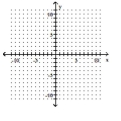
A) ![]()
B) ![]()
C) ![]()
D) ![]()
Correct Answer

verified
Correct Answer
verified
Multiple Choice
Sketch the graph of the quadratic function. Give the vertex and axis of symmetry.
-
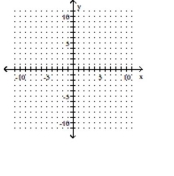
A) vertex ; axis ![]()
B) vertex ; axis ![]()
C) vertex ; axis ![]()
D) vertex ; axis ![]()
Correct Answer

verified
Correct Answer
verified
Multiple Choice
Solve. -The hypotenuse of an isosceles right triangle is 6 feet longer than either of its legs. Find the exact length of each side.
A)
B)
C)
D)
Correct Answer

verified
C
Correct Answer
verified
Multiple Choice
Use the square root property to solve the equation. -
A)
B)
C)
D)
Correct Answer

verified
Correct Answer
verified
Multiple Choice
Solve. -The cost in millions of dollars for a company to manufacture thousand automobiles is given by the function . Find the number of automobiles that must be produced to minimize the cost.
A) 5 thousand automobiles
B) 10 thousand automobiles
C) 20 thousand automobiles
D) 100 thousand automobiles
Correct Answer

verified
Correct Answer
verified
Multiple Choice
Sketch the graph of the quadratic function. Give the vertex and axis of symmetry.
-
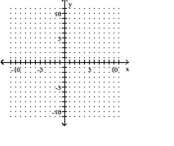
A) vertex ; axis ![]()
B) vertex ; axis ![]()
C) vertex ; axis ![]()
D) vertex ; axis ![]()
Correct Answer

verified
Correct Answer
verified
Multiple Choice
Use the square root property to solve the equation. -
A)
B)
C) 1
D) 4
Correct Answer

verified
Correct Answer
verified
Showing 1 - 20 of 242
Related Exams